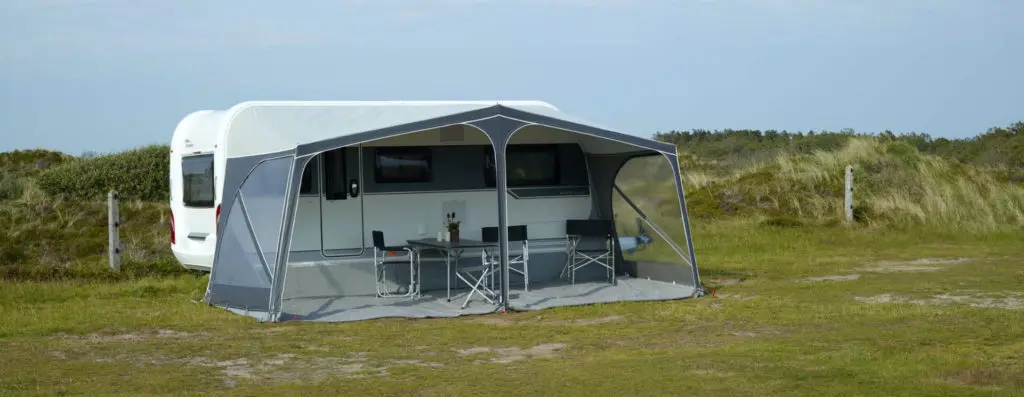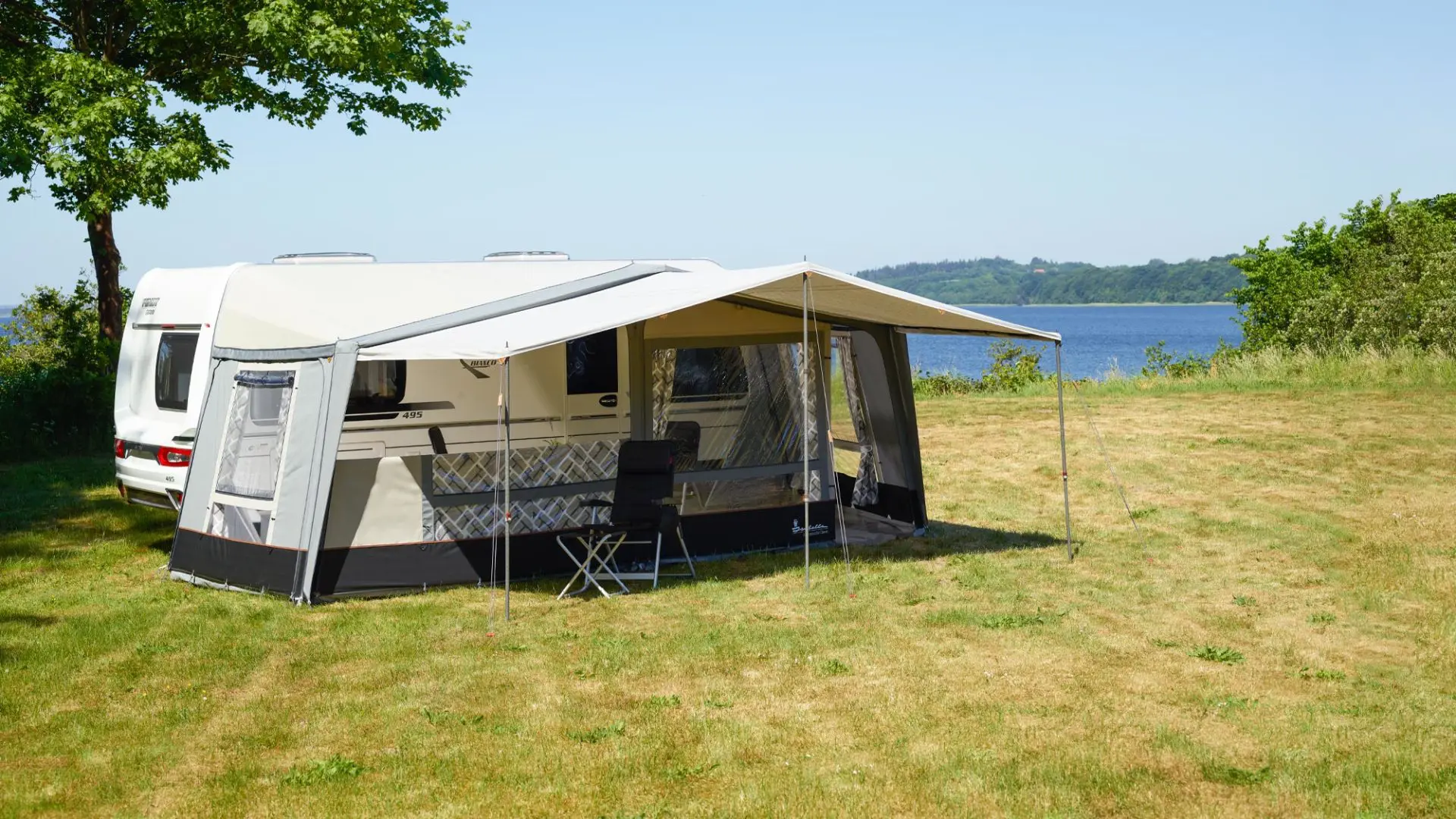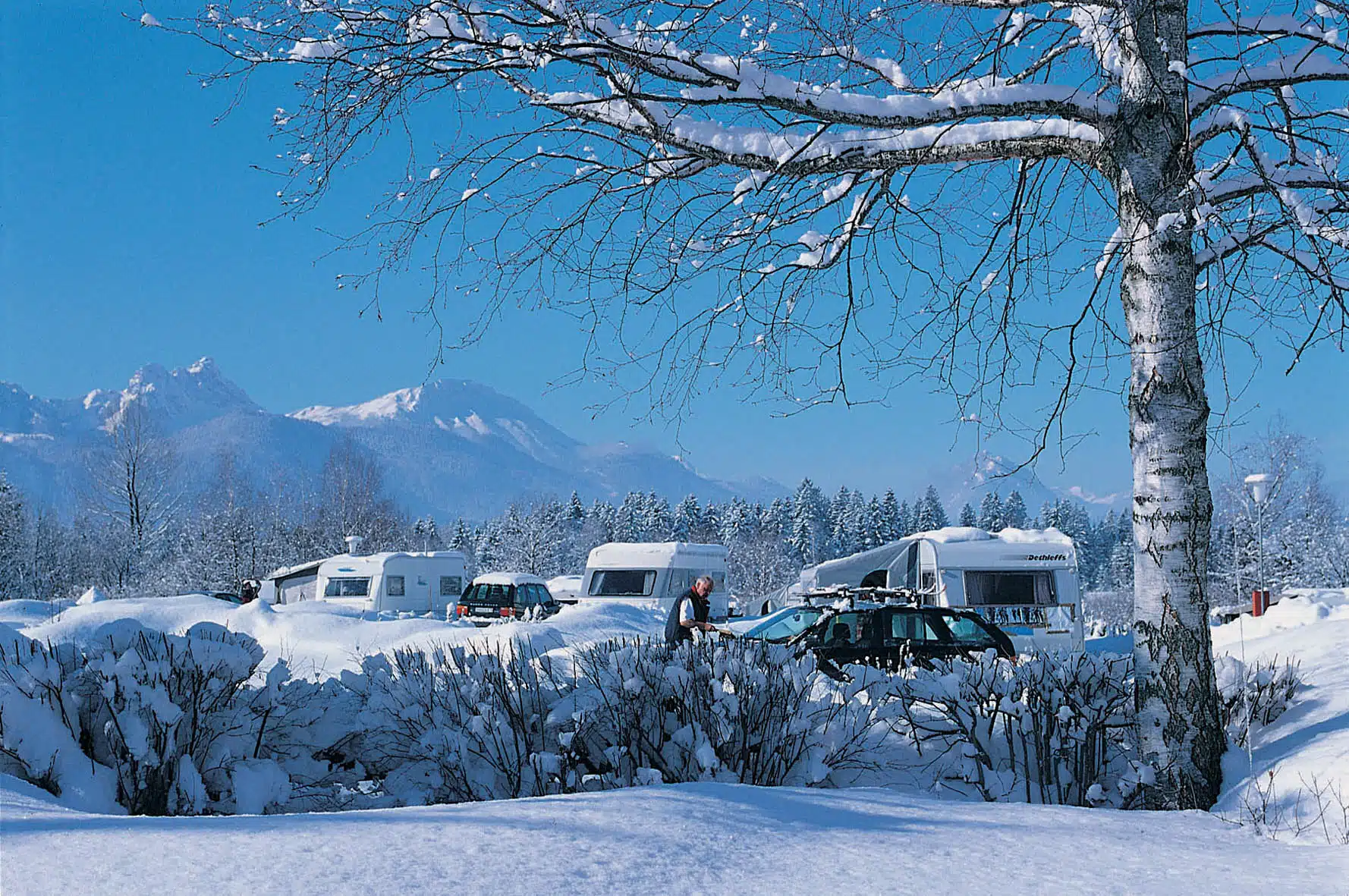Awnings provide much needed extra space and can be used for a wealth of activities from dining room to play area, or additional sleeping space. Many motorhomers and caravanners find they spend more time in the awning when staying on a campsite than anywhere else. Follow these tips to learn some basic awning maintenance that will mean many comfortable and and dry seasons of use.
Awning maintenance and basic repairs
Awning maintenance starts from the moment the awning is erected. Ensure it is correctly assembled and tensioned and this will assist in prolonging the life of the awning. Therefore it is recommended that you familiarise yourself with the assembly instructions before erecting the awning for the first time.

Some parts on awnings are subject to wear and tear and on all reputable manufacturers (certainly Isabella and Ventura awnings), spare parts are readily available. All the parts are push on/pull off with no gluing involved and are straightforward to replace. If you have a hole or tear in the canvas, clear patches are available for use to repair your awning. Otherwise check to see if your awning manufacturer has a repairs and alterations service, such as at Isabella UK.
Storing an awning correctly
Some people prefer to remove all the panels and store them separately although, in the case of Isabella awnings, the majority can be packed up with all the panels zipped in. It is essential that the awning is as clean as possible and completely dry before it is folded.
The poles should also be cleaned and dried thoroughly, and it is also important to remember to clean the movable parts to avoid trapping any dirt. The poles are then ready to be stored in the pole bag, and it is generally easier to put in angled and cross poles first and leave the straight poles until last. You should always store your awning in a dry, well-aired place.
Pollution from gas heaters
Like nicotine and cooking, gas burn off from catalytic heaters can release a substance, which attaches to the awning and provides a breeding ground for mould. Gas heaters in the awning can cause smell, and stains on the inside of the roof. Besides warmth, these gas burning catalytic heaters can create 1.6 litres water/kg gas.
Unburned substances create a sticky sulphur/hydrogen compound (Sulphur compound is added to the gas, so that you can smell leaks). When the vapours and the sticky compound add to condensation on the inside of the roof they attract algae and dirt. This looks and smells unappealing.
Lots of water and a soft brush can remove 90% of this problem, or clean your awning with a specialist awning cleaning product; the clean roof should then be treated with a reproofing spray impregnator.






